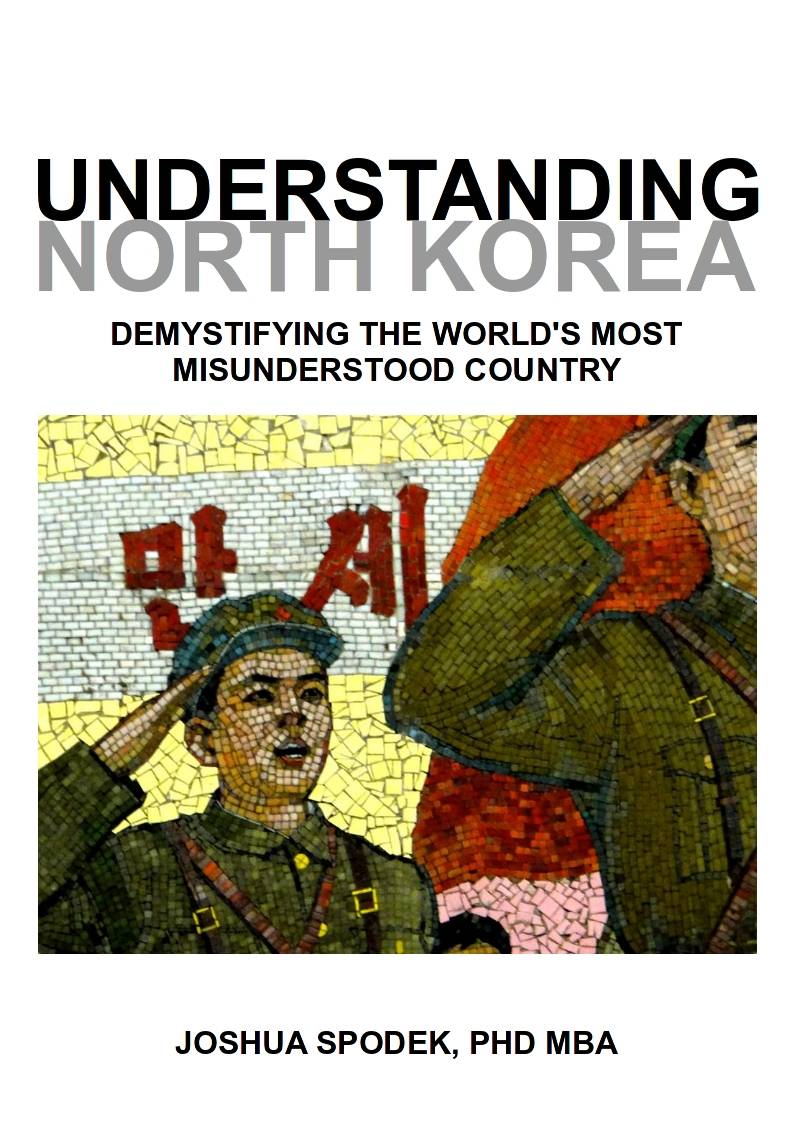Hundreds of millions of counterfeit hundred dollar bills, part 1
I remember reading this 2006 New York Times article, “No Ordinary Counterfeit” when it first printed, about so-called supernotes, counterfeit hundred dollar bills whose inaccuracies sometimes appeared as technical improvements, long before considering visiting.
On Oct. 2, 2004, the container ship Ever Unique, sailing under a Panamanian flag from Yantai, China, berthed in the Port of Newark. As cranes unloaded the vessel’s shipping containers, which were filled with a variety of commercial goods, dockworkers singled out a container and placed it aboard a flatbed truck, which was driven to a warehouse a few miles away. There, F.B.I. and Secret Service agents, acting as part of a sting operation, gathered around the container and cracked it open. Beneath cardboard boxes containing plastic toys, they found counterfeit $100 bills worth more than $300,000, secreted in false-bottomed compartments.
The counterfeits were nearly flawless. They featured the same high-tech color-shifting ink as genuine American bills and were printed on paper with the same precise composition of fibers. The engraved images were, if anything, finer than those produced by the United States Bureau of Engraving and Printing. Only when subjected to sophisticated forensic analysis could the bills be confirmed as imitations.
Counterfeits of this superior sort — known as supernotes — had been detected by law-enforcement officials before, elsewhere in the world, but the Newark shipment marked their first known appearance in the United States, at least in such large quantities. Federal agents soon seized more shipments. Three million dollars’ worth arrived on another ship in Newark two months later; and supernotes began showing up on the West Coast too, starting with a shipment of $700,000 that arrived by boat in Long Beach, Calif., in May 2005, sealed in plastic packages and wrapped mummy-style in bolts of cloth.
In the weeks and months that followed, federal investigators rounded up a handful of counterfeiting suspects in a series of operations code-named Royal Charm and Smoking Dragon. This past August, in the wake of the arrests, Justice Department officials unsealed indictments in New Jersey and California that revealed that the counterfeits were purchased and then seized as part of an operation that ensnared several individuals accused of being smugglers and arms traffickers, some of whom were suspected of having connections to international crime rings based in Southeast Asia.
The article offers evidence of North Korea’s involvement — likely at the root of it all. And not just North Koreans’ involvement, but the North Korean government, in particular — Room 39. Fascinating reading, if you ask me.
While the operatives of Office 39 may well direct legitimate enterprises, including the export of exotic mushrooms, ginseng and seaweed, a substantial portion of the office’s revenue comes from its involvement in illicit activities: drug manufacturing and trafficking, sales of missile technology, counterfeit cigarettes and counterfeit $50 and $100 bills. According to Ken Gause, director of the Foreign Leadership Studies Program at the CNA Corporation, a policy group in Virginia that consults on national-security issues, the activities of Office 39 overlap with those of two other offices that occupy buildings in the same complex. The first, Office 38, manages the money acquired by Office 39, he said, while the second, Office 35, handles kidnappings, assassinations and other such activities.
All three divisions employ the same narrow coterie of elites, and all answer directly to Kim Jong Il, who lives in a villa less than a mile away. The history of the operations of Offices 39, 38 and 35, Gause told me, closely follows Kim Jong Il’s own rise to power through the party apparatus. In the early 70’s, after helping his father purge the ranks of the Korean Workers’ Party of competing factions, Kim Jong Il assumed control of North Korea’s covert operations, mostly involving South Korean targets.
I try, in this blog and in general, to avoid judging. That is, when someone does something I disagree with, I try to see things from their perspective to see how what appears wrong from my perspective could seem right from theirs. In most cases doing so teaches me something new about the world and, often, myself.
It’s hard to see counterfeiting another country’s currency as anything other than intentionally hurting someone else. Even if you dislike another country, counterfeiting their currency hurts the people. Profiting that way instead of through helping others props yourself up unsustainably. You keep your own economy from growing.
To justify your actions, you have to convince yourself the people you hurt deserve it. To understand their justification — whoever does it, I don’t know if North Korea does it any more than you — which I don’t know any more than you, you have to reason why the American people deserve to lose that value. That tells you something about how much either their values differ or their propaganda distorts their picture of us.
—
EDIT: misperceptions of North Korea in the media as described in this post, leading to misunderstanding how we understand and commincate with North Koreans, led me to write my ebook Understanding North Korea: Demystifying the World’s Most Misunderstood Country. I wrote the book to help increase understanding, communication, and freedom.
Read my weekly newsletter

On initiative, leadership, the environment, and burpees
